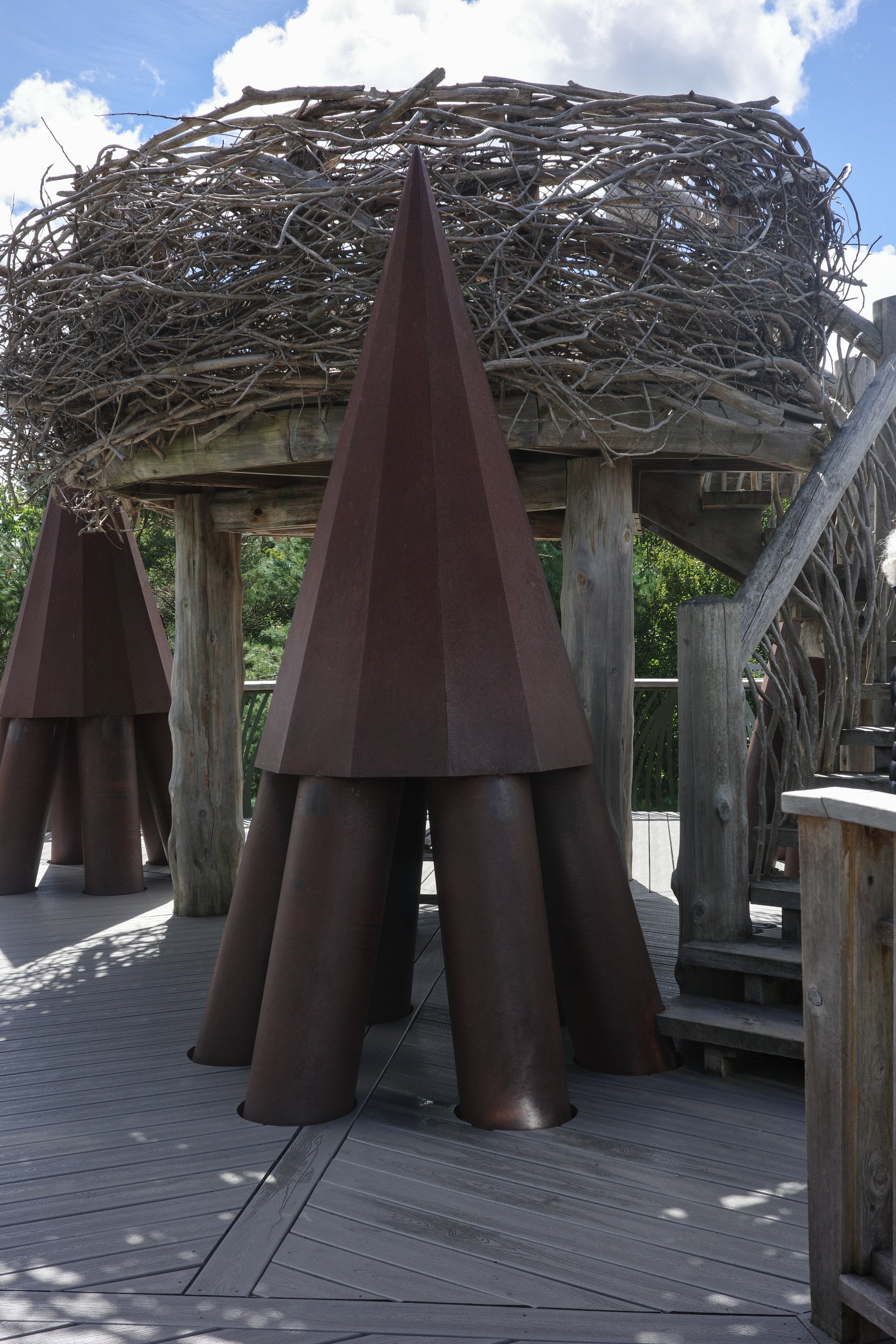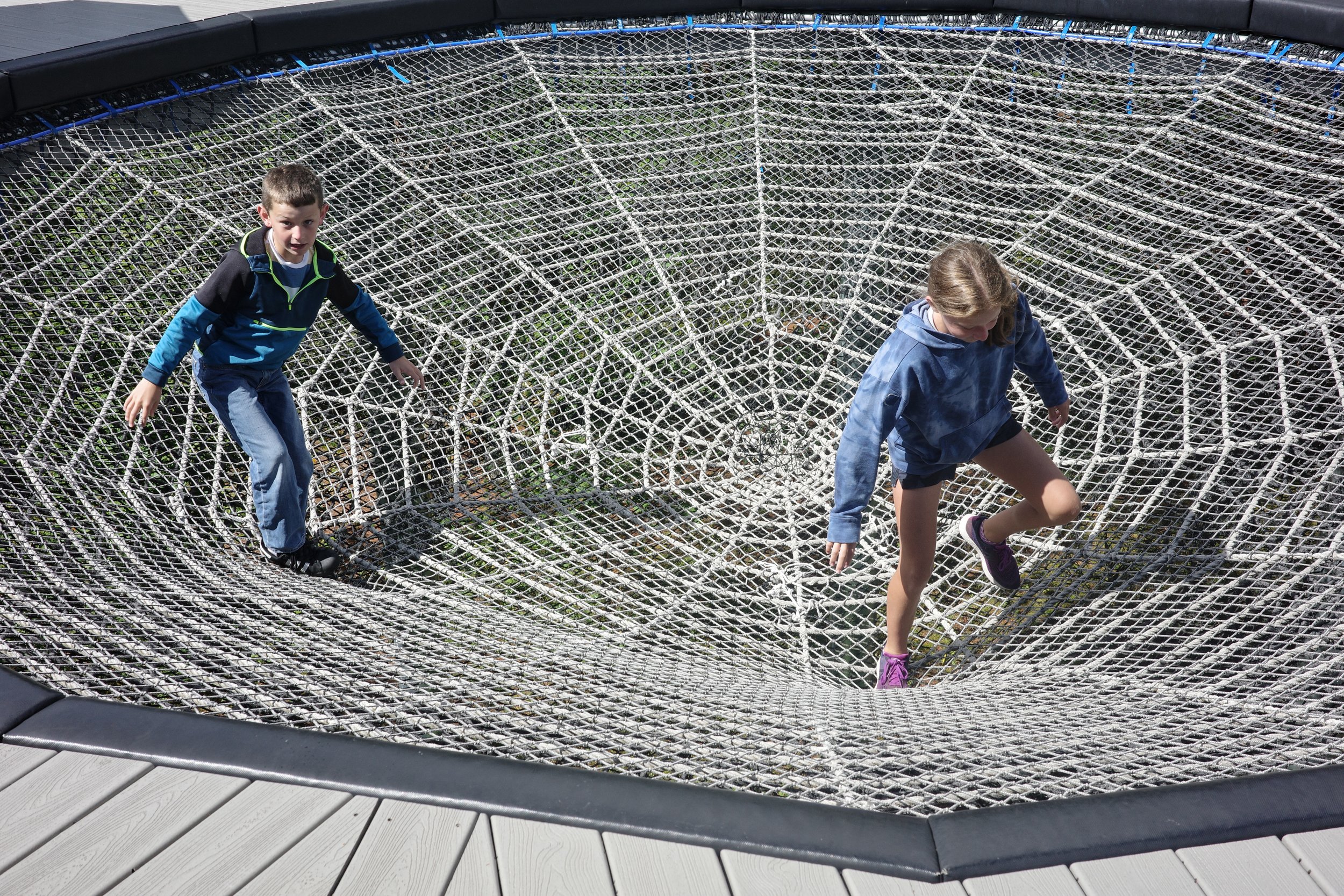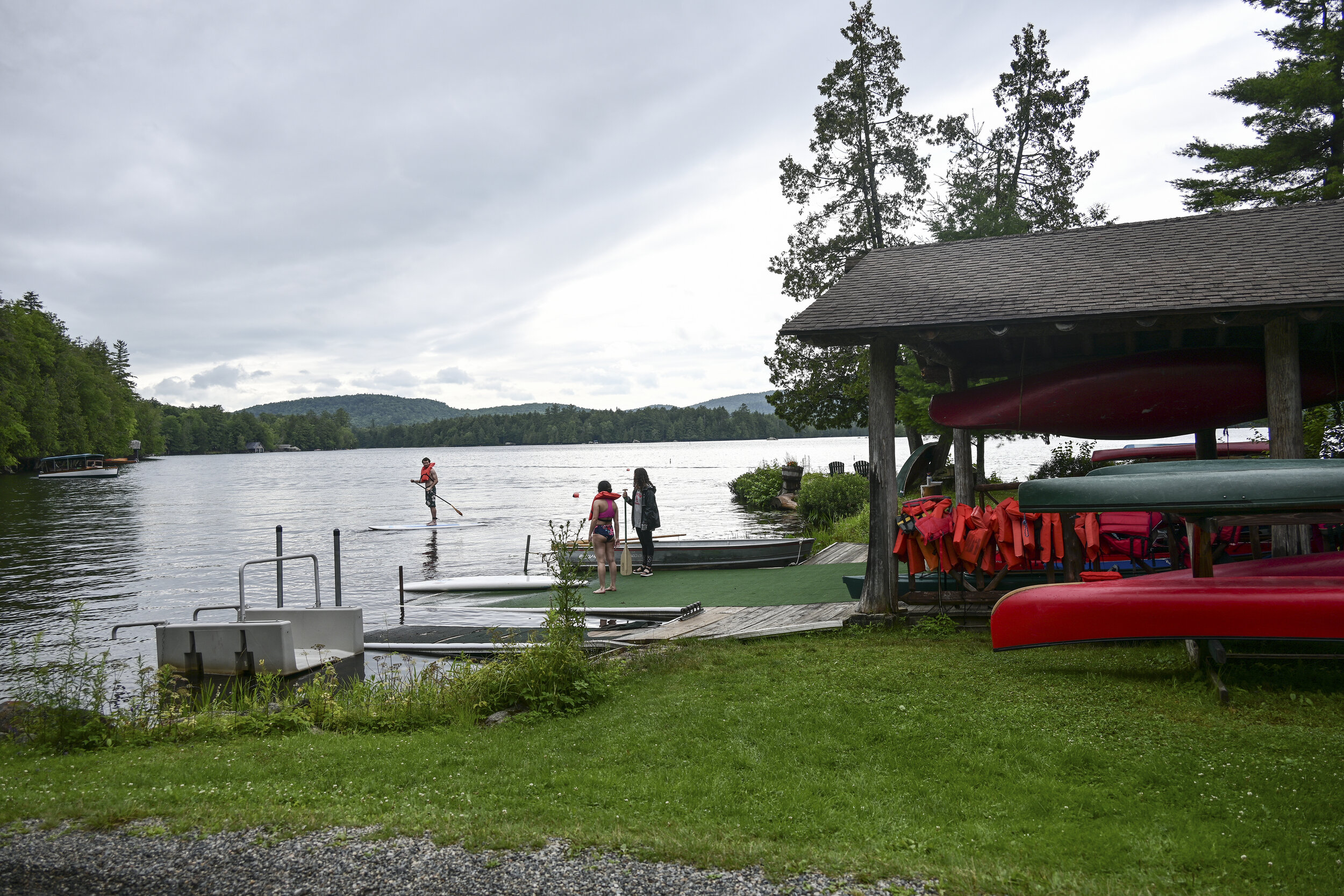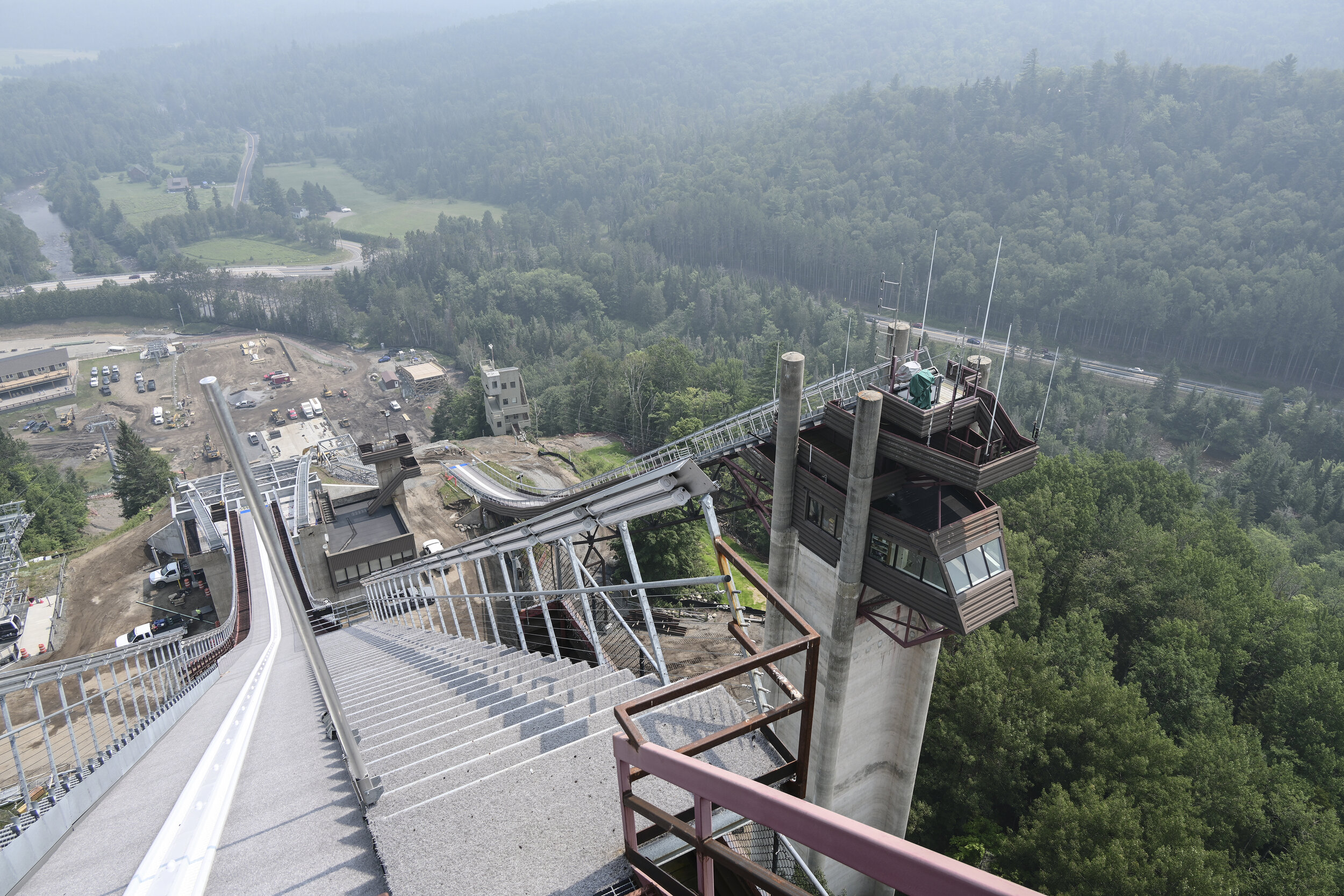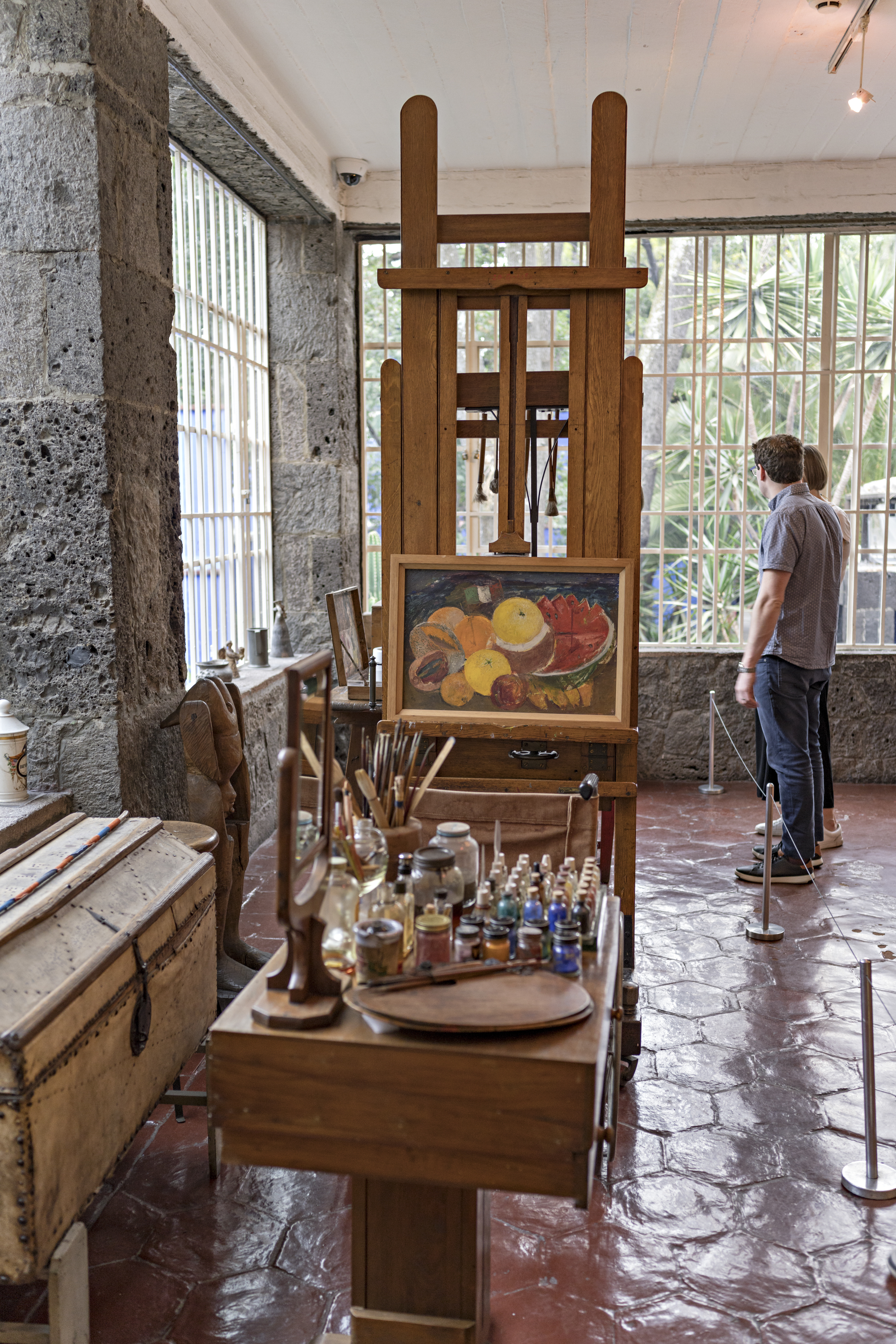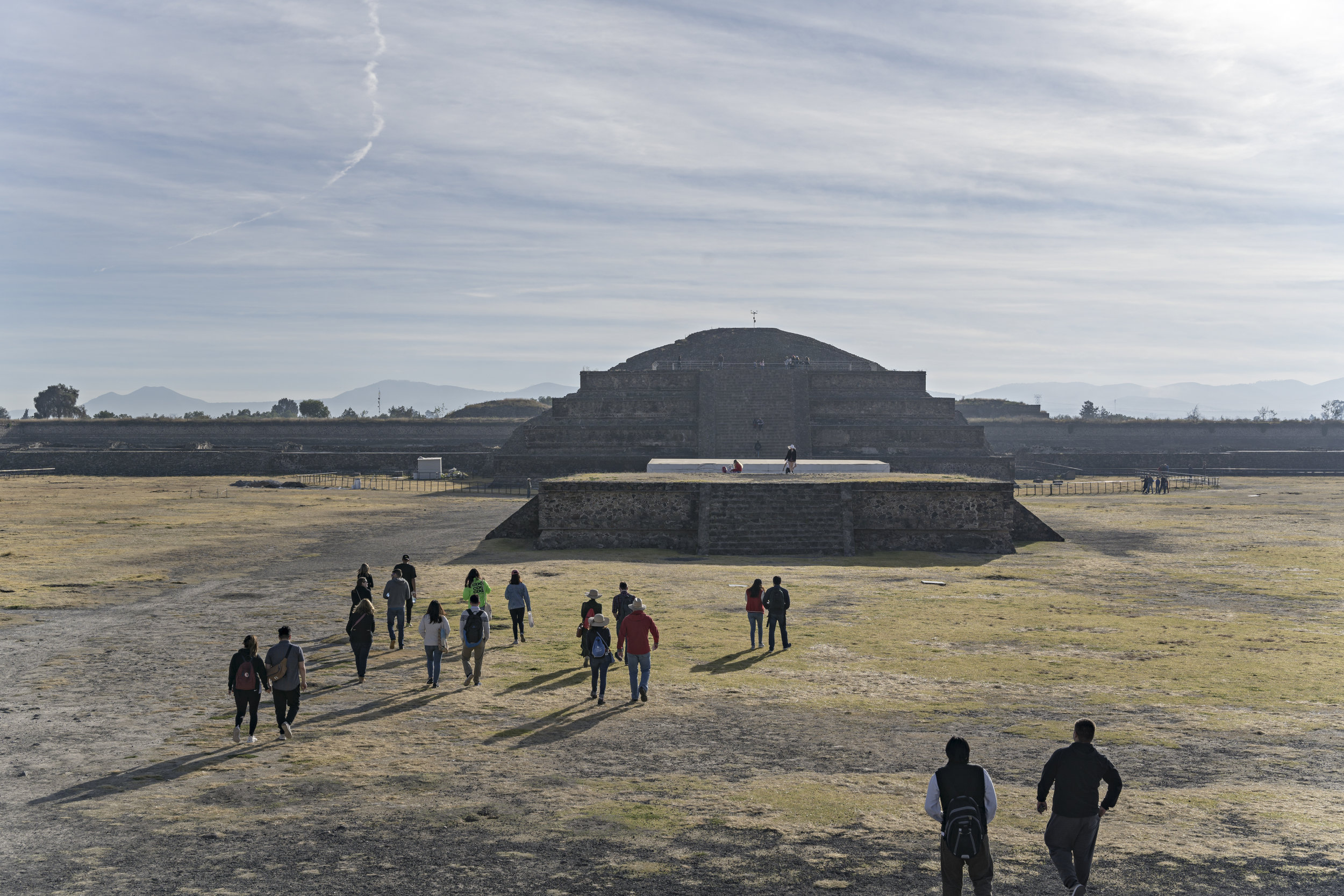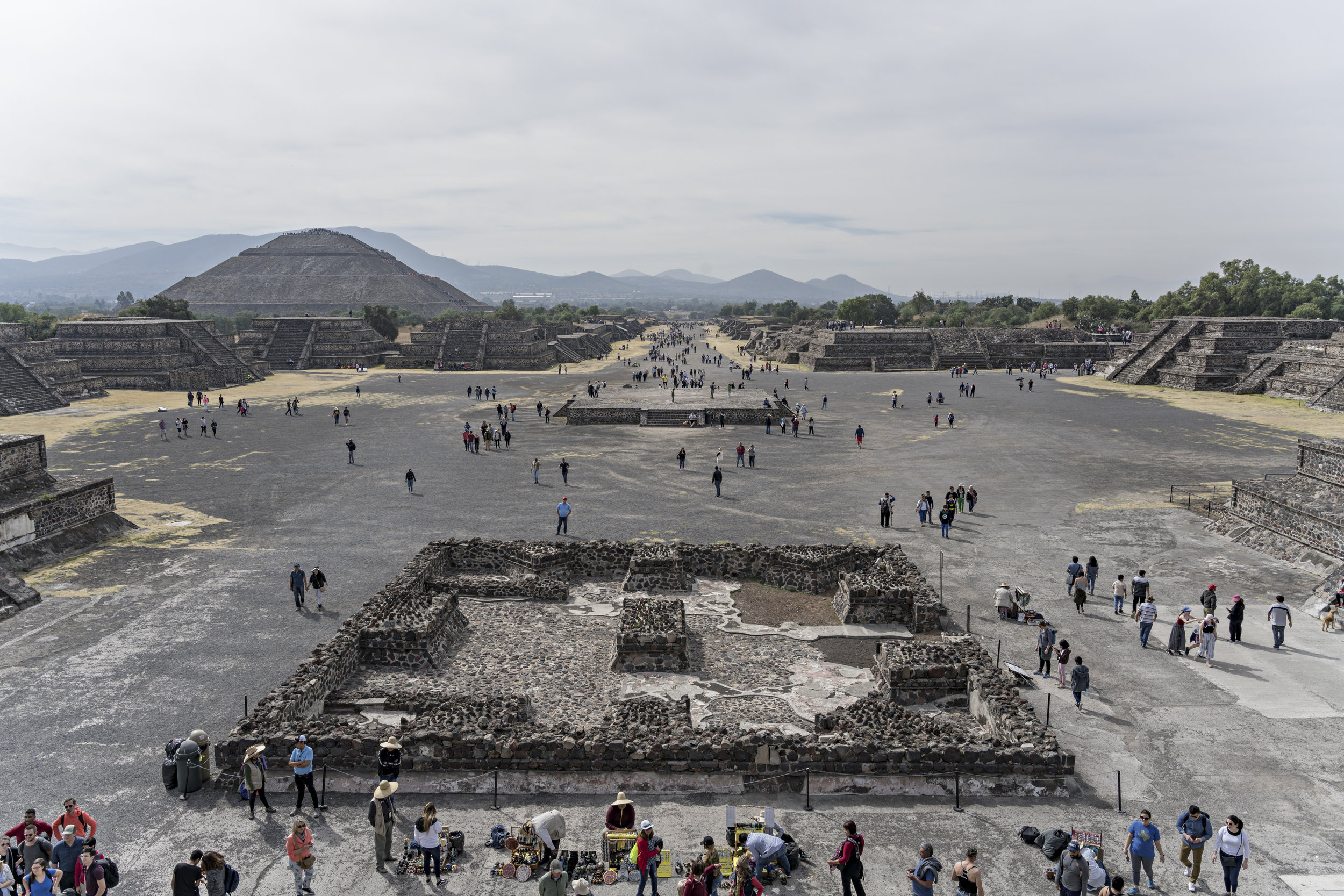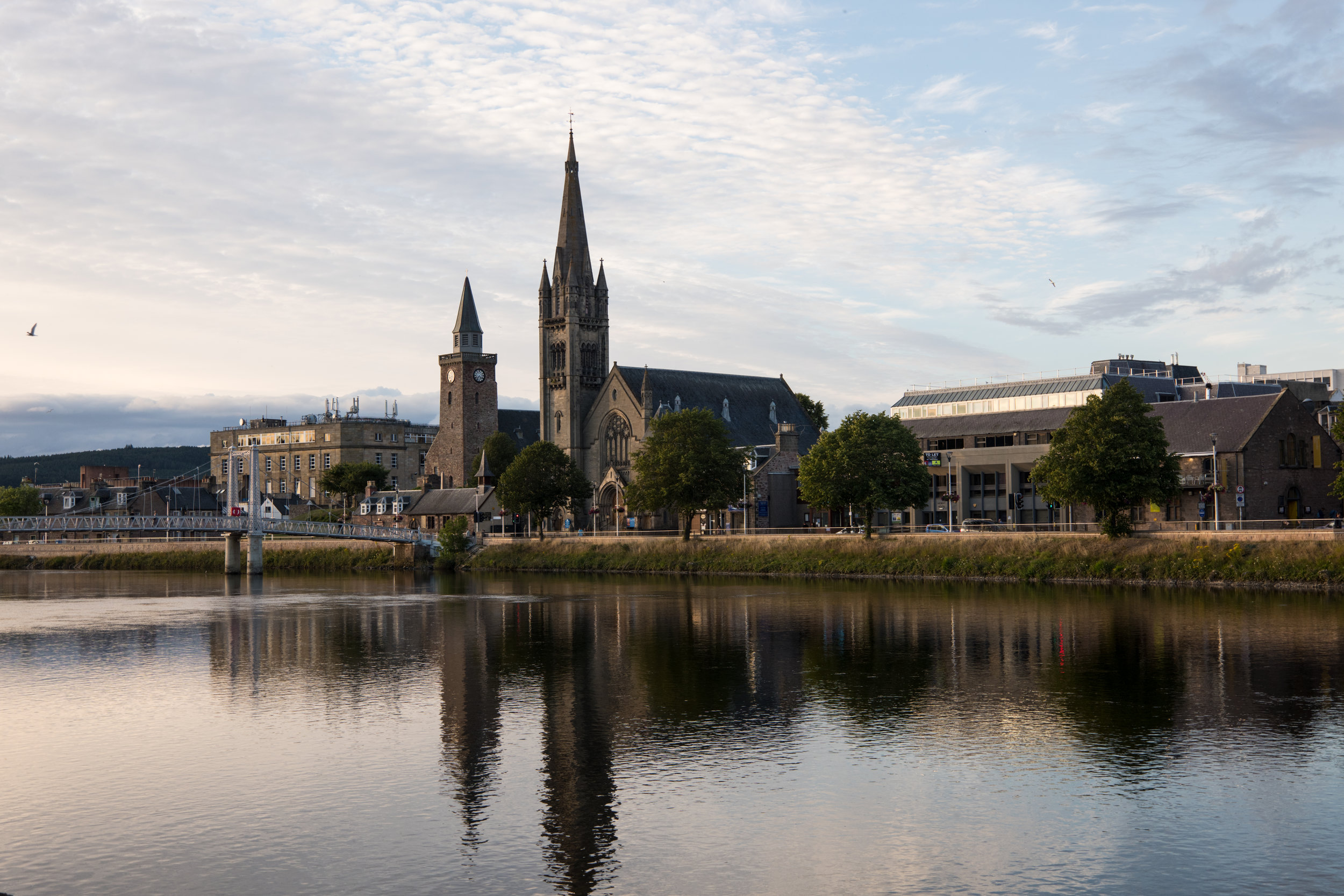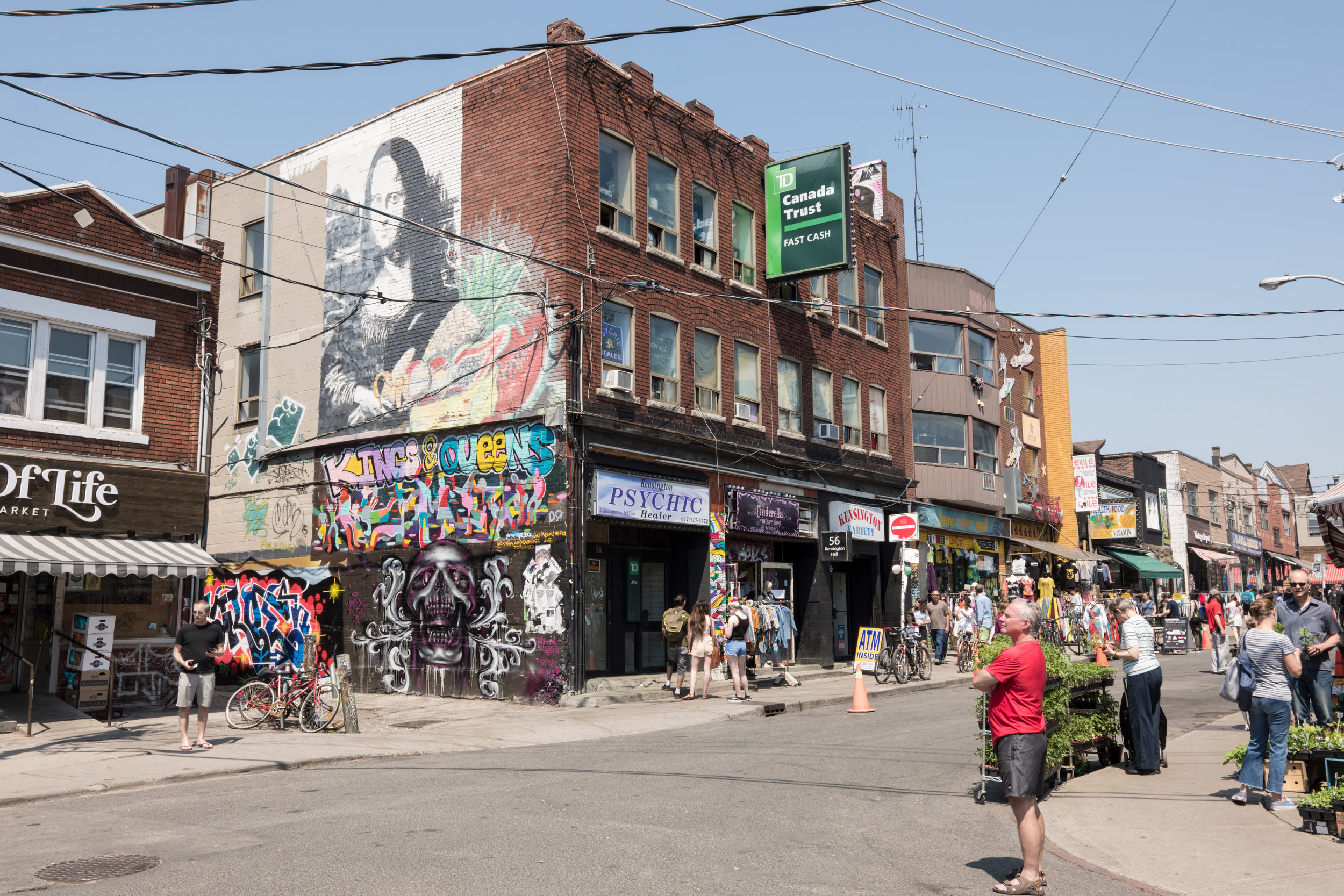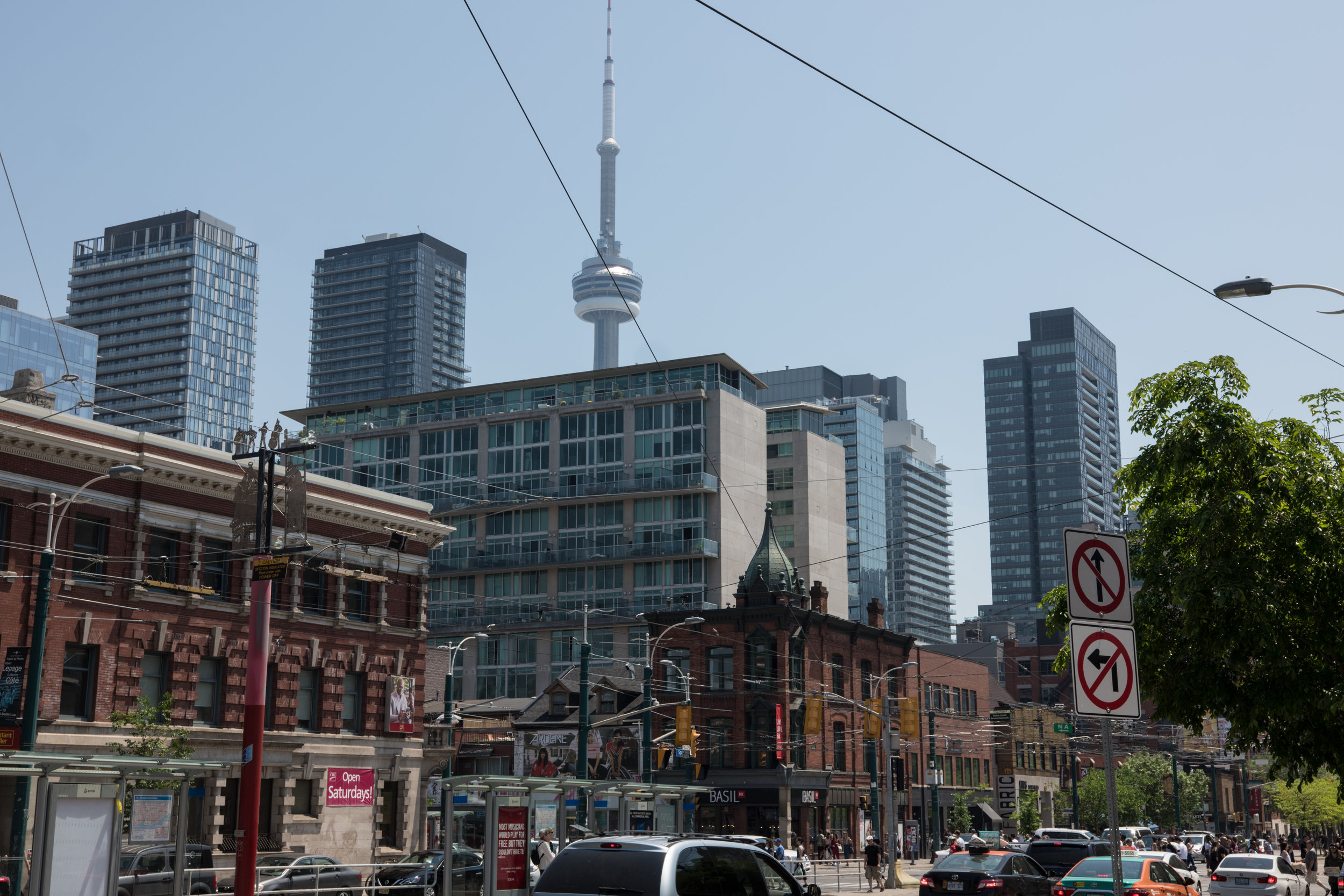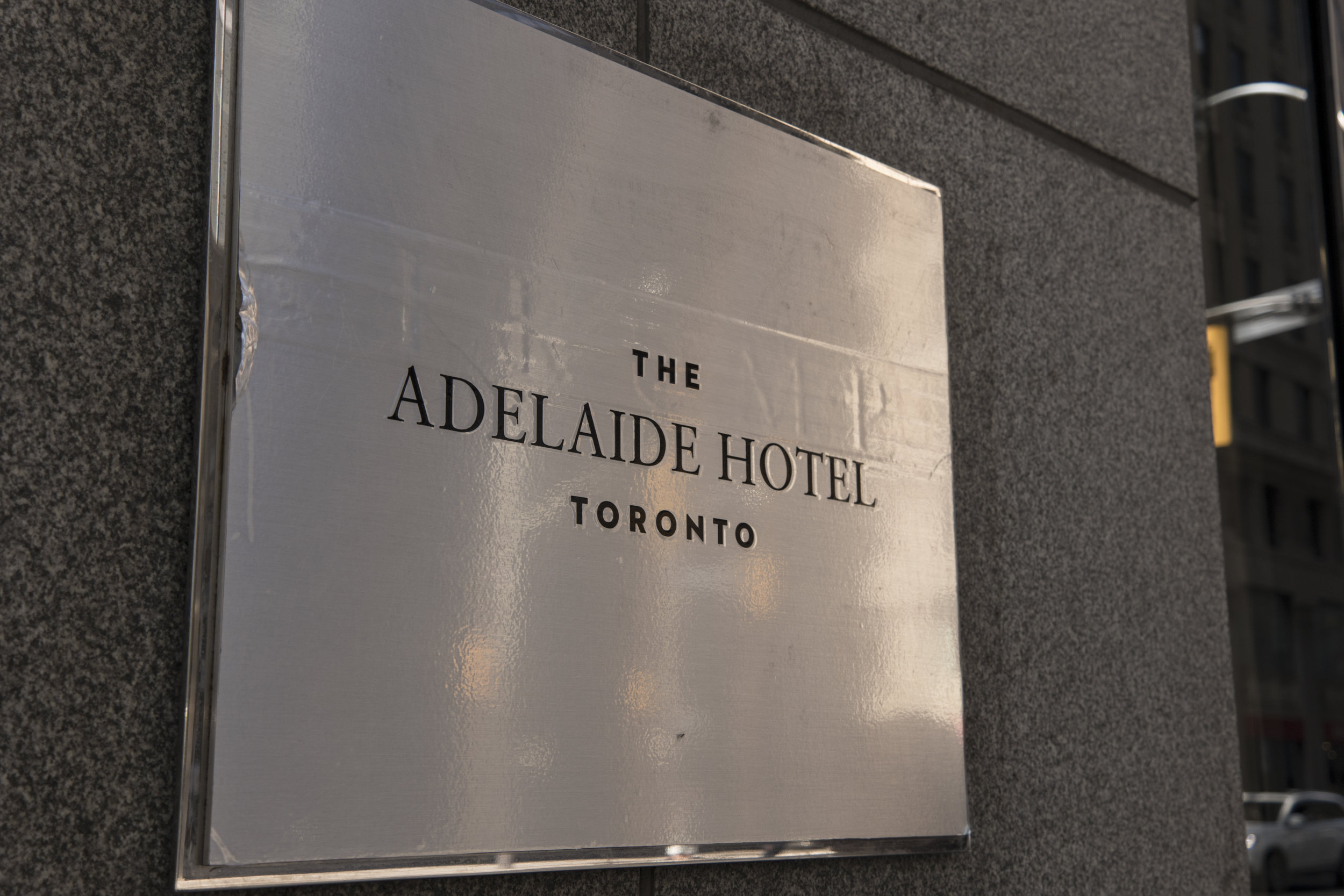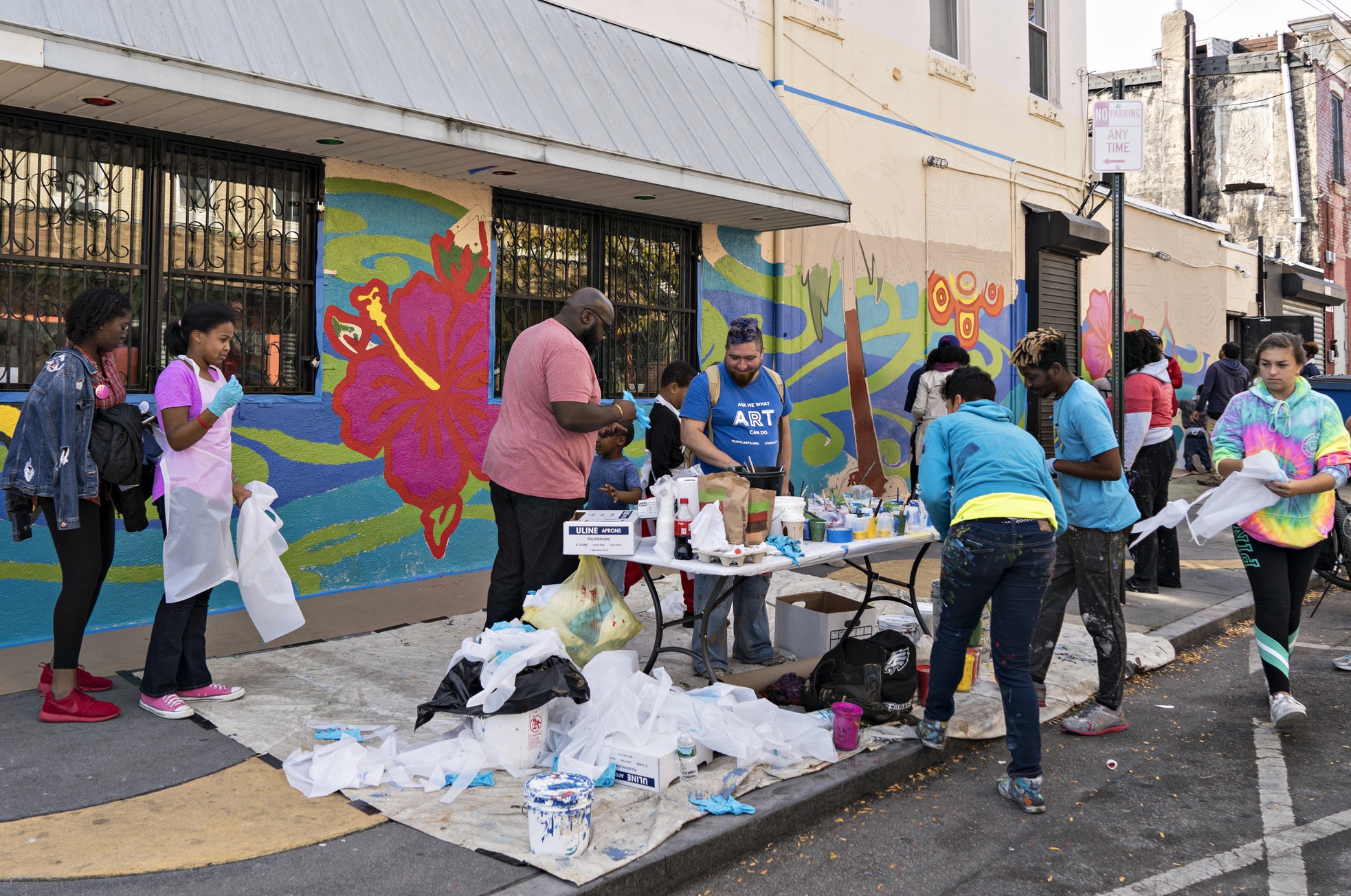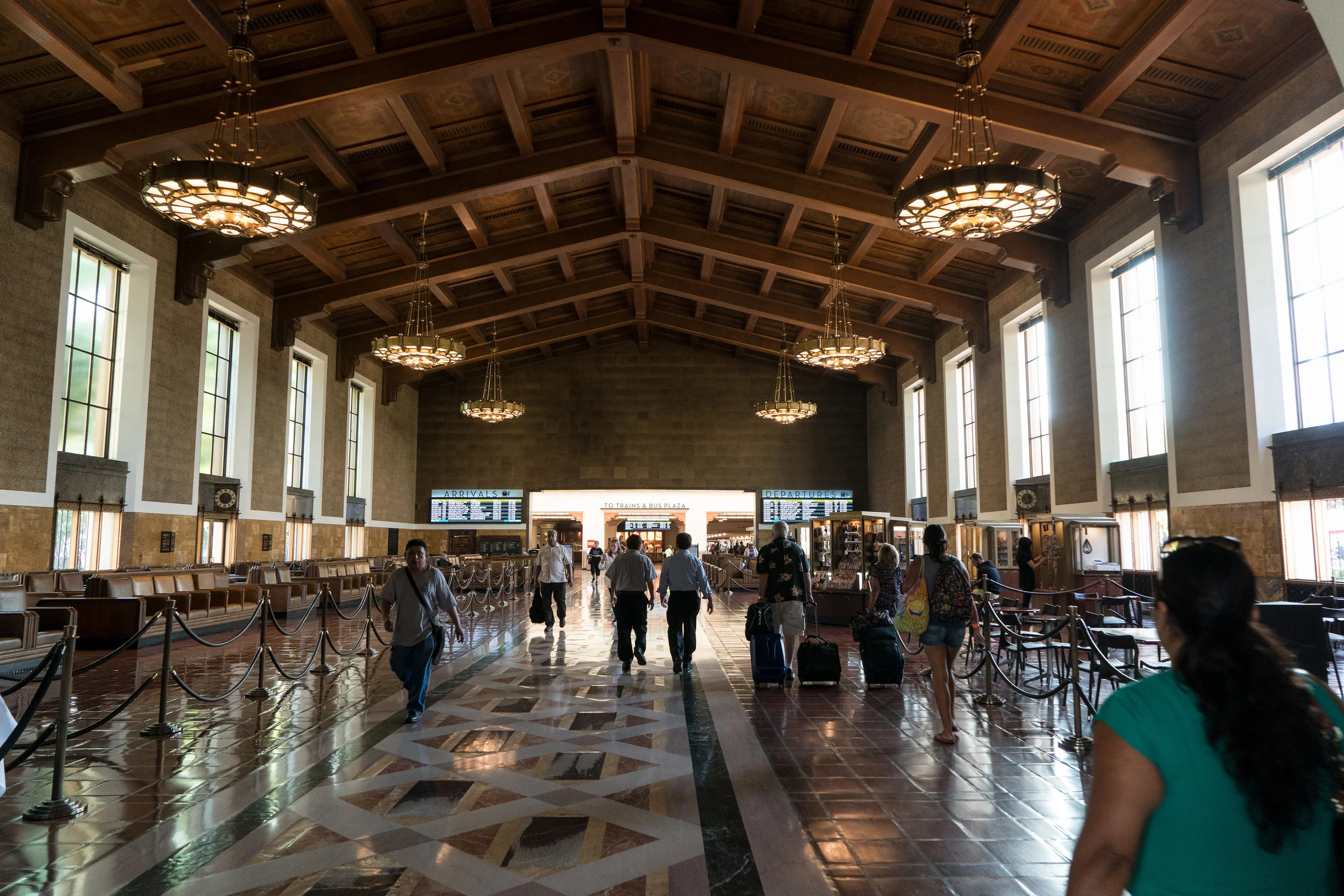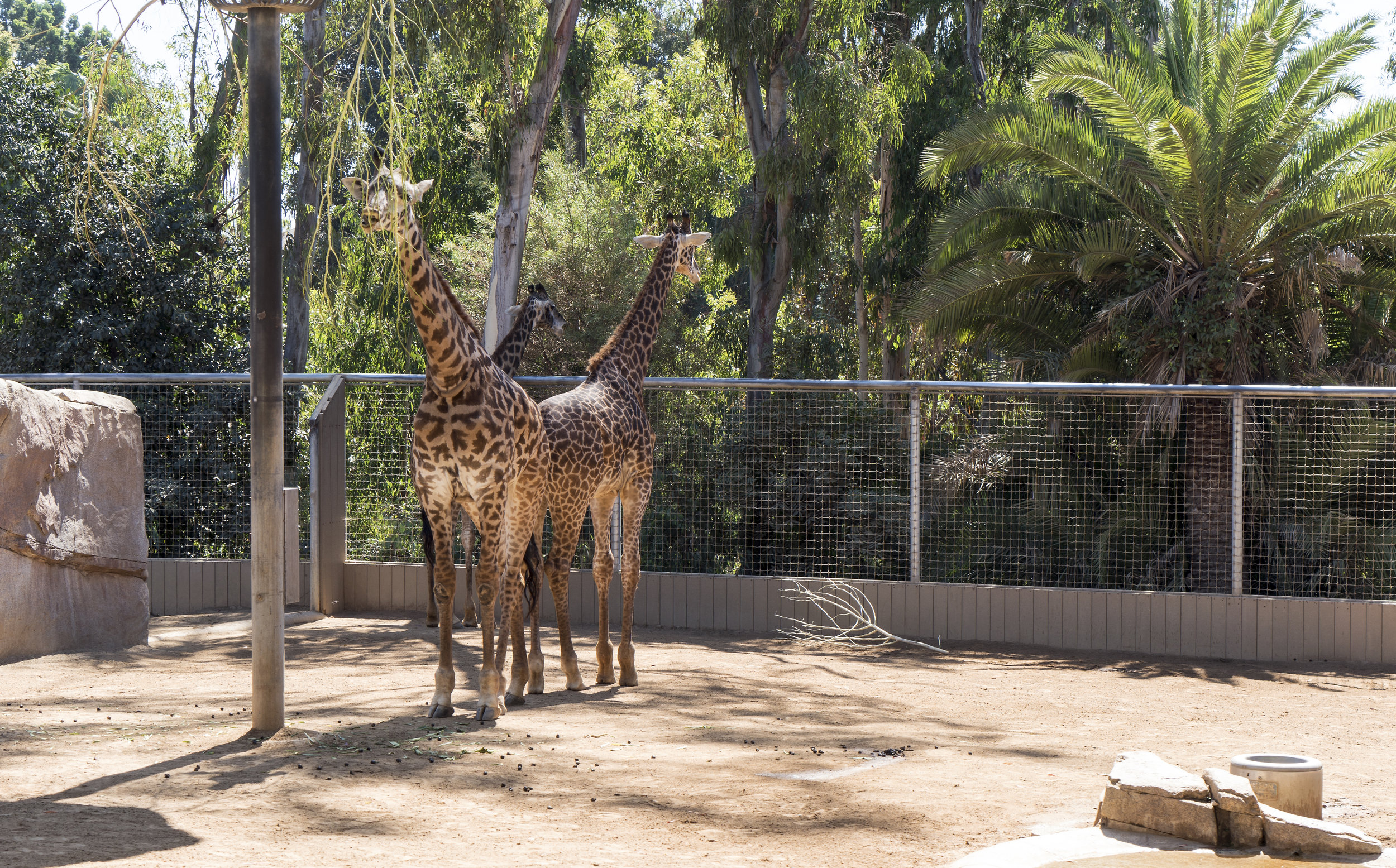Lovely Little Havana
In March, we traveled to Miami Beach for some sun, relaxation and a bit of culture. Our trip included a visit to Miami’s Little Havana where both our eyes and our stomachs feasted on Cuban delights. I wanted to visit Little Havana due to its gorgeous colors and its importance culturally. The photo above shows the wildness of Little Havana with a gaudy ice cream store front at Azucar and Cuban cigar shop next door.
Our Little Havana tour began with a Cuban sandwich and a Mojito (a classic Cuban rum drink) at La Terraza, one of the areas best and oldest restaurants. I took the photo below as it reminded me of the fine restaurants I patronized in Old Havana in Cuba.
Our excursion of Little Havana continued with a visit to Domino Park. Here residents play one of the Carribean’s favorite games Dominoes. This first photo includes Pat and two close friends at the artistic Dominoes that lead to the entrance of Domino Park.
The park itself is quite picturesque with great murals and a lovely roof covering the extremely serious players. I love playing Dominoes and was a Dominoes champ with my uncle Bonifacio in Newark. The photo below depicts many tables with very skilled teams of two competing against each other for bragging rights of the best Domino playing team in the area.
Cuba’s favorite shirt for men is the guayabera, the four pocket embroidered tropical shirt that is one of the most authentic symbols of Latin culture. Below are two photos. The first is an amazing tile art work, titled Little Havana, of a guayabera with historical connotations including the past connection between the United States and Cuba. Helene, our tour guide, provided a great explanation of Cubans’ love of the guayabera.
The second photo is of a store, Cubavera, founded in 1967 by the Cuban-born George Feldenkreis and his brother Isaac. The store focuses on guayaberas and has earned the primary owner the moniker as the ‘Guayabera King'. The storefront consists of many artistic tile pieces depicting different guayaberas.
Nothing speaks to Little Havana’s uniqueness like its grocery stores. In most, you have gorgeous food interspersed with photos of the owners’ homes in Cuba; these are memorials to those who died in the failed Bay of Pigs invasion of Cuba.
Below is the monument to the ‘Martyrs of the Bay of Pigs Invasion.
Allow me to end this blog with a few of my favorite murals from the extensive Calle Ocho, Little Havana’s main street, collection. The first photo includes murals with dominoes and the perennial Cuban espresso machine.
The second mural smacks of Thomas Hart Benton, don’t you think? I loved this mural and many others in the collection.
Do yourself a favor and visit Little Havana next time you travel to Miami. Please leave a comment after reading it so I know you received it and read it.






































